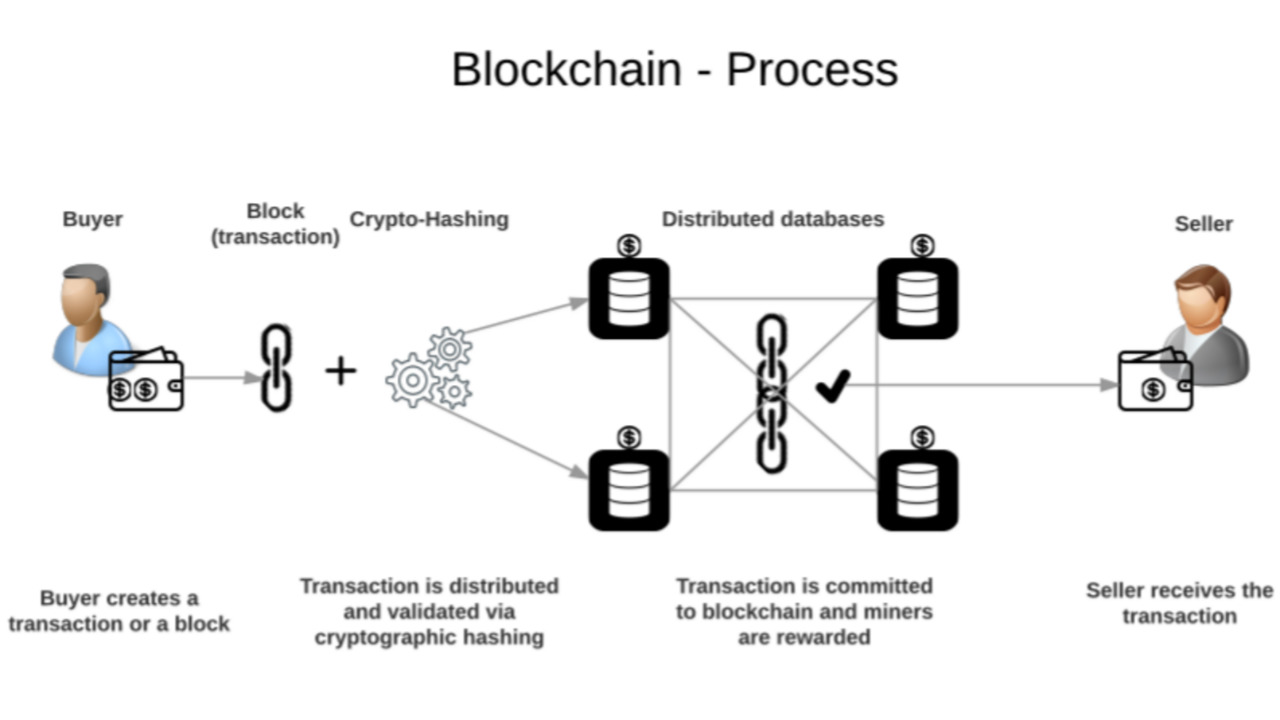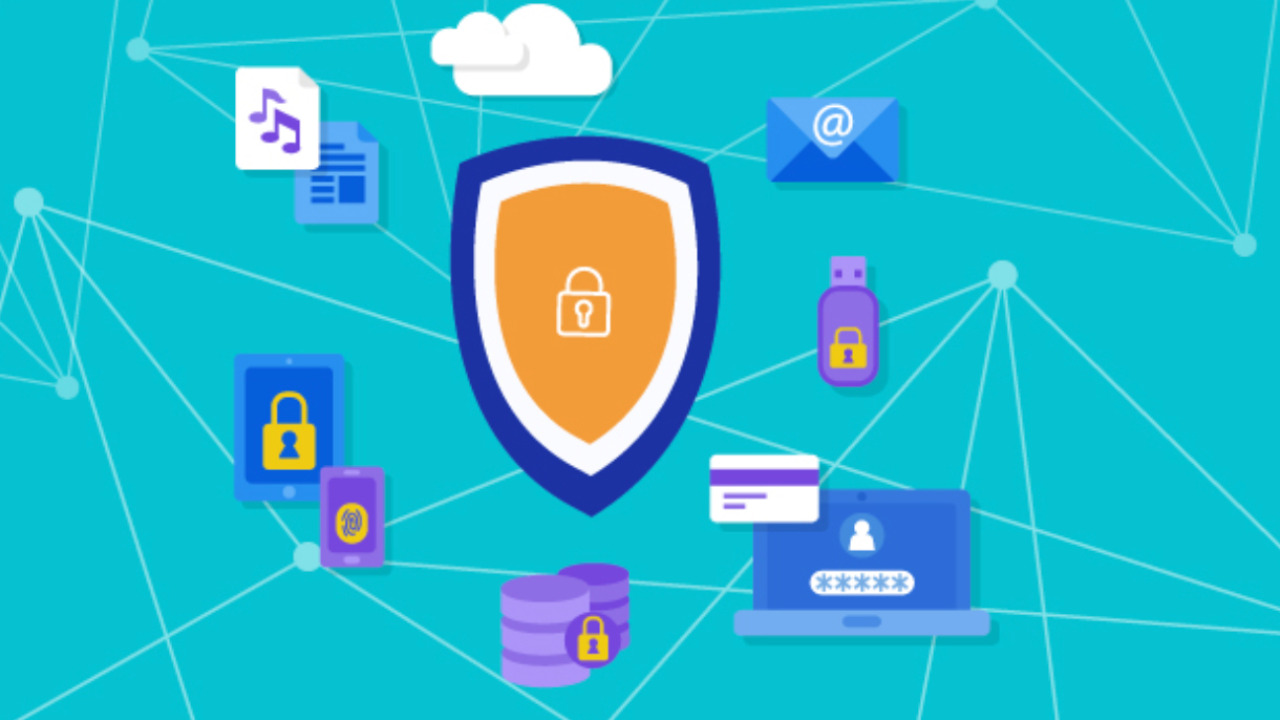
Blockchain technology has emerged as a transformative force in various industries, offering new possibilities for enhancing transparency, security, and efficiency. In the realm of scientific research, blockchain is poised to revolutionize the way data is managed and shared, addressing long-standing challenges and fostering innovation.
The Role of Blockchain in Enhancing Data Transparency

Immutable Data Records
Blockchain’s core characteristic of immutability ensures that once data is recorded on the blockchain, it cannot be altered. This feature is particularly crucial in scientific research, where data integrity is paramount. By utilizing an immutable ledger, researchers can confidently rely on the authenticity of data, knowing that it has not been tampered with. For instance, the ability to maintain trustworthy data records can significantly impact fields like clinical trials, where data integrity is essential for regulatory compliance and patient safety.
Traceability and Auditability
Another advantage of blockchain is its capacity for enhanced traceability and auditability. With every data entry being time-stamped and linked to previous records, blockchain provides a transparent trail of data provenance. This capability enables researchers to trace the origins of data and audit the entire research process. For example, in collaborative studies involving multiple institutions, blockchain can ensure that all data contributors are accurately credited and that the research process is fully transparent.
Open Access and Collaboration
Blockchain facilitates open access to data, which is critical for fostering collaboration and reproducibility in scientific research. By leveraging blockchain, researchers can share data securely and transparently, enabling others to verify results and build upon existing work. This open-access model can accelerate scientific discovery by breaking down barriers to data sharing. Platforms like Nature have highlighted the potential for blockchain to democratize data access and promote a more inclusive research ecosystem.
Improving Data Security and Privacy in Scientific Research

Decentralized Data Storage
Decentralized data storage is a significant benefit of blockchain, as it reduces the risks associated with central data repositories. By distributing data across a network of nodes, blockchain minimizes the potential for data breaches and single points of failure. This approach enhances data security and ensures that sensitive research data is less vulnerable to cyberattacks. Decentralization is particularly advantageous in fields like genomics, where massive datasets require robust security measures.
Smart Contracts for Data Sharing
Smart contracts are self-executing agreements encoded on the blockchain that automate data sharing while ensuring compliance with privacy regulations. By using smart contracts, researchers can establish predefined conditions for data access, ensuring that only authorized parties can access sensitive information. This automation streamlines the data-sharing process and reduces administrative burdens. For example, smart contracts can facilitate secure data exchange in collaborative research projects, allowing partners to share data seamlessly and efficiently.
Encryption and Anonymity
Blockchain employs advanced cryptographic techniques to protect sensitive research data and maintain user anonymity. Through encryption, data stored on the blockchain is rendered unreadable to unauthorized parties, safeguarding it from unauthorized access. Additionally, blockchain’s ability to anonymize user identities ensures that personal information remains confidential. These features are critical in research areas involving sensitive data, such as healthcare and clinical studies, where maintaining privacy is a top priority.
Streamlining Research Funding and Grants Tracking

Transparent Funding Processes
Blockchain can bring much-needed transparency to research funding processes, reducing instances of fraud and misallocation of funds. By recording all funding transactions on a transparent ledger, stakeholders can track how funds are allocated and spent. This transparency builds trust among funding agencies, researchers, and the public, ensuring that resources are used effectively. An example of blockchain’s potential in this area is its application in tracking public research grants, where transparency is essential for accountability.
Efficient Grant Disbursement
The efficiency of blockchain technology extends to the disbursement of research grants. By facilitating quicker and more efficient financial transactions, blockchain can reduce the time and administrative costs associated with grant management. Smart contracts can automate the release of funds based on predefined milestones, ensuring that researchers receive payments promptly. This efficiency is particularly beneficial for time-sensitive research projects, where delays in funding can impede progress.
Impact Assessment and Reporting
Blockchain’s transparent record-keeping capabilities also enhance the tracking and reporting of research outcomes. By providing a verifiable record of research activities and results, blockchain enables more accurate impact assessments. Researchers and funding bodies can evaluate the effectiveness of research projects and make informed decisions about future investments. This capability is crucial in ensuring that research funding is directed toward projects with the greatest potential for positive impact.
Challenges and Limitations of Blockchain in Science Data

Scalability Concerns
Despite its numerous advantages, blockchain faces scalability challenges when applied to scientific data. The vast volumes of data generated in scientific research can strain blockchain networks, leading to slower processing times and increased costs. Addressing these scalability issues is essential for blockchain to be a viable solution for large-scale scientific data management. Innovations such as sharding and off-chain solutions are being explored to enhance blockchain scalability.
Interoperability with Existing Systems
Integrating blockchain with existing scientific data management systems presents technical and operational challenges. Many research institutions rely on legacy systems that may not be compatible with blockchain technology. Ensuring interoperability requires significant effort in terms of system upgrades and data migration. Collaborative efforts between blockchain developers and the scientific community are necessary to create seamless integration solutions that do not disrupt ongoing research activities.
Regulatory and Ethical Considerations
The adoption of blockchain in scientific research also raises regulatory and ethical considerations. Compliance with data protection regulations, such as GDPR, is essential when implementing blockchain solutions. Additionally, ethical concerns related to data ownership and consent must be addressed to ensure that blockchain adoption aligns with ethical research practices. Ongoing dialogue between policymakers, researchers, and technologists is crucial in navigating these complex issues.
Future Prospects and Innovations in Blockchain for Science

Emerging Use Cases
Blockchain is already being piloted in various innovative use cases within scientific research. For example, blockchain is being used to create decentralized networks for sharing genomic data, enabling researchers to collaborate while maintaining data privacy. These pilot projects demonstrate blockchain’s potential to transform research practices and pave the way for broader adoption. As more use cases emerge, blockchain’s role in science is likely to expand significantly.
Integration with Emerging Technologies
The potential synergies between blockchain and other emerging technologies, such as AI and IoT, hold exciting possibilities for scientific discovery. By integrating blockchain with AI, researchers can enhance data analysis capabilities, enabling more accurate and efficient research outcomes. Similarly, combining blockchain with IoT can facilitate real-time data collection and sharing, opening new avenues for research in fields like environmental monitoring and healthcare. Companies like IBM are exploring these synergies to advance scientific innovation.
Long-term Vision for a Blockchain-Enabled Scientific Ecosystem
Looking ahead, the widespread adoption of blockchain in scientific research could lead to the development of a comprehensive blockchain-enabled scientific ecosystem. In this ecosystem, data sharing, funding, and collaboration are seamlessly integrated, fostering a more efficient and transparent research environment. This long-term vision aligns with the goals of open science and has the potential to accelerate scientific discovery on a global scale. As researchers and institutions continue to explore blockchain’s capabilities, its transformative potential in science becomes increasingly apparent.